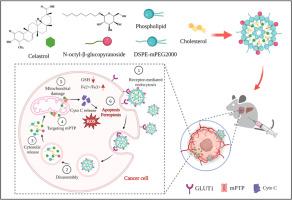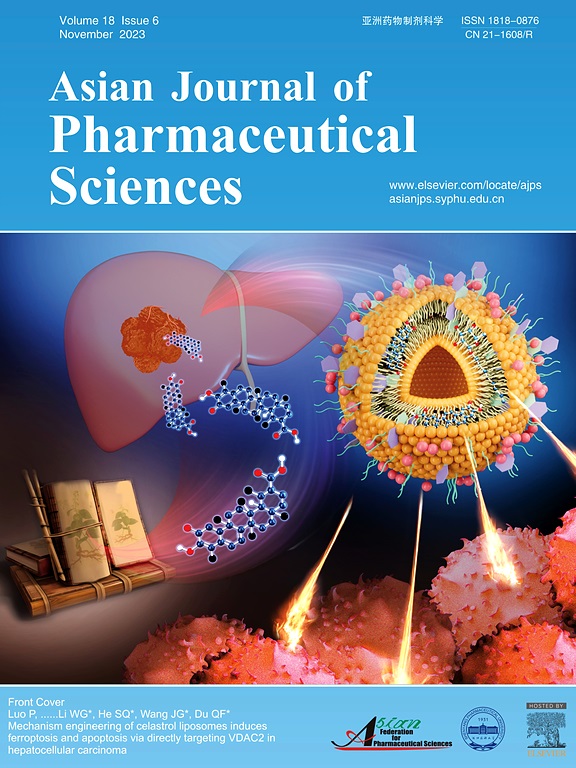Hepatocellular carcinoma (HCC) is one of most common and deadliest malignancies. Celastrol (Cel), a natural product derived from the Tripterygium wilfordii plant, has been extensively researched for its potential effectiveness in fighting cancer. However, its clinical application has been hindered by the unclear mechanism of action. Here, we used chemical proteomics to identify the direct targets of Cel and enhanced its targetability and anti-tumor capacity by developing a Cel-based liposomes in HCC. We demonstrated that Cel selectively targets the voltage-dependent anion channel 2 (VDAC2). Cel directly binds to the cysteine residues of VDAC2, and induces cytochrome C release via dysregulating VDAC2-mediated mitochondrial permeability transition pore (mPTP) function. We further found that Cel induces ROS-mediated ferroptosis and apoptosis in HCC cells. Moreover, coencapsulation of Cel into alkyl glucoside-modified liposomes (AGCL) improved its antitumor efficacy and minimized its side effects. AGCL has been shown to effectively suppress the proliferation of tumor cells. In a xenograft nude mice experiment, AGCL significantly inhibited tumor growth and promoted apoptosis. Our findings reveal that Cel directly targets VDAC2 to induce mitochondria-dependent cell death, while the Cel liposomes enhance its targetability and reduces side effects. Overall, Cel shows promise as a therapeutic agent for HCC.

| 公司名称 | 产品信息 | 采购帮参考价格 | |
|---|---|---|---|
| 上海源叶 | Celastrol |
98%
|
¥32.00~¥52828.00 |
| 上海源叶 | N-octyl ?2-D-glucopyranoside |
|
¥1770.00~¥13800.00 |
| 上海源叶 | N-octyl ?2-D-glucopyranoside |
|


